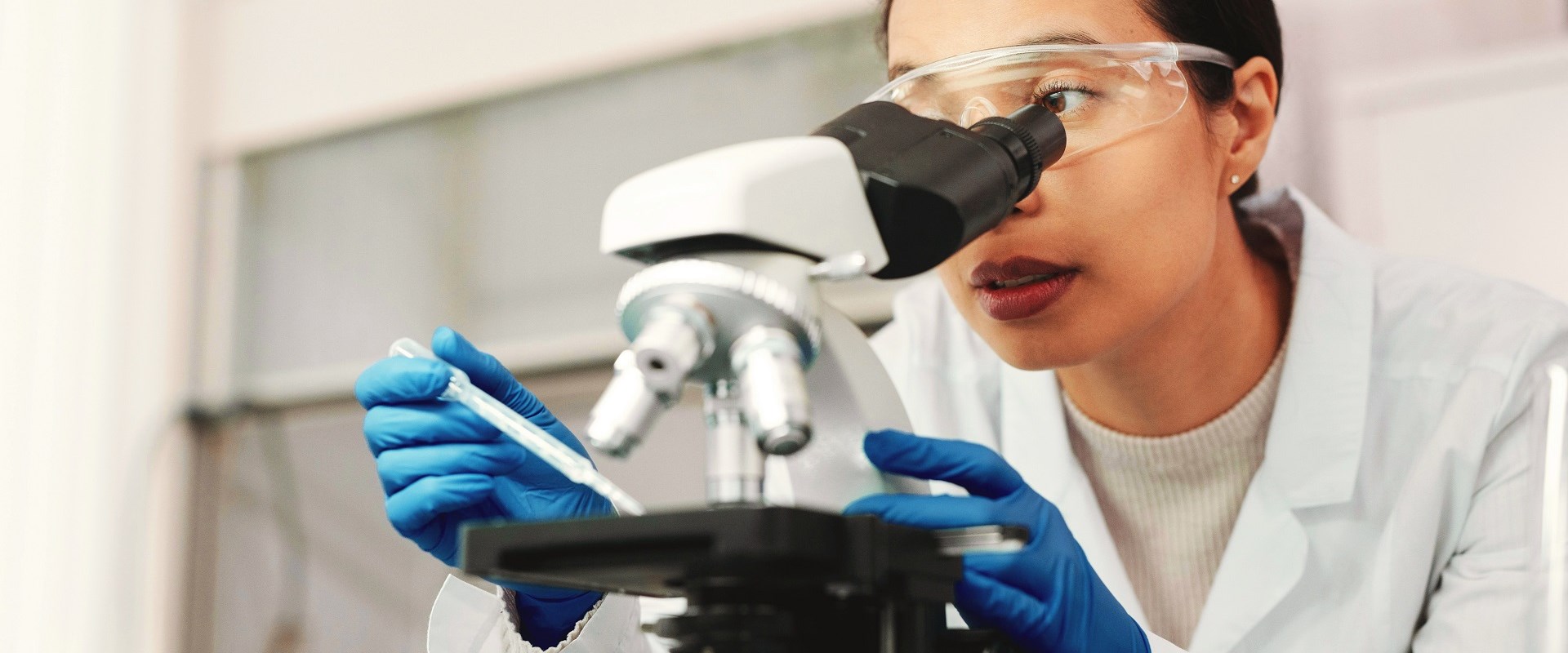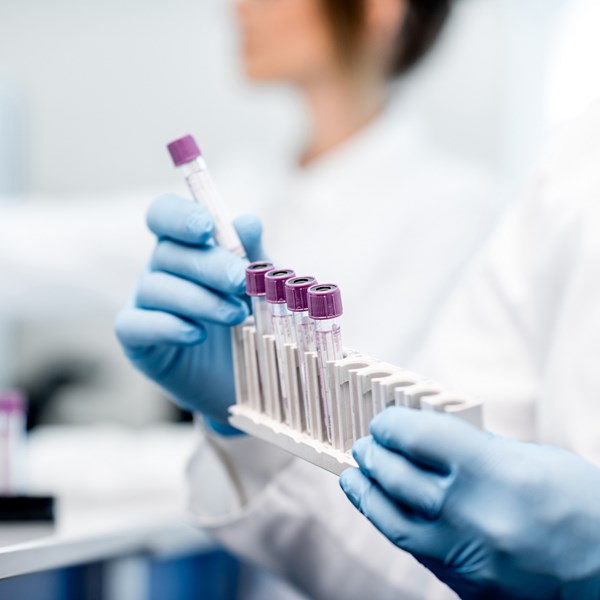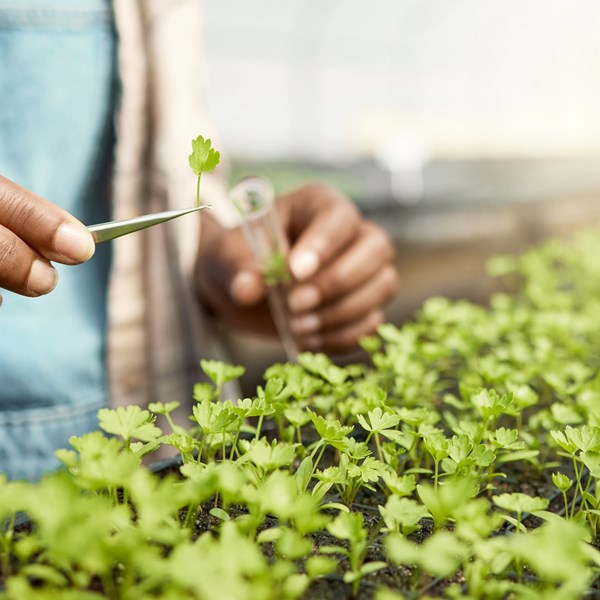Did you know that lots of companies are looking to nature to make new textiles, construction materials, wound dressings, and other vital materials?
Of course, we have used nature to produce our materials since we first wore clothes back at the dawn of time. However, our industrialisation of these materials is not particularly “green”. In fact, many of the processing steps required to get the materials we want, in the colours we want, are still not great.
A new breed of materials is on the way, using organisms that have not typically been used before. Some companies, such as Mykor, are making materials out of fungal mycelium (the “root” like structures that make up the vast majority of a fungal organism - the mushroom bit we tend to see if a tiny fraction of this huge beast!).
Others like Solena Materials, are using microbes to produce protein fibres that can be woven into textiles with amazing properties.
Some, including the authors of Walker et al 2024 Nature Biotechnology, are developing materials out of bacterial cellulose. This material can be used in high-end fashion products as demonstrated in a collaboration with Modern Synthesis.
I’ve been looking forward to this paper coming out so I can post about it, partly because it is so cool, partly because it is a great example of academic research being translated to the outside world, and partly because it was me that drafted the patent application the paper refers to!
So, as a recap some bacteria are able to make long chains of glucose that can polymerise and lump together to form a layer that sits on the surface of the bacterial culture. If you have ever made kombucha, we are talking about that layer on the top.
This is the bacterial cellulose “pellicle”. It has been used in and of itself as a material for a range of applications. But the pellicle is usually a boring white. Most handbags, shoes and sofas are not white.
If we want coloured materials, we need to dye it and a lot of what we do want is black, one of the hardest and least sustainable dyes to produce. The dyeing industry overall is considered pretty bad sustainability-wise, though companies such as SeaDyes and Colorifix are offering sustainable approaches.
But what if we can programme the very bacteria that makes the material, to make it in certain colours? Even better, what if we can programme them to make patterned materials?
This is what Dr Kenneth Walker managed to achieve during his PhD in the Tom Ellis lab at Imperial College.
HOW HAVE THEY USED SYNTHETIC BIOLOGY TO NATURALLY PRODUCE PATTERNED MATERIALS?
Handily, we have one naturally occurring pigment that is already found in most organisms, even going as far back as the dinosaurs, melanin.
We have melanin in our skin, eyes, hair, and other bits and bobs. There are different versions of melanin. Pheomelanin is a pinky colour and is found in red hair. Eumelanin is a brown/black pigment found in people of all skin colours. So, if we want to make black handbags from bacterial cellulose, eumelanin is probably a good choice.
Some bacteria already have the right enzyme pathways to make melanin, but the bacterial cellulose/pellicle-producing bacteria doesn’t. This means we need to pop it in.
The key enzyme we need is called tyrosinase. Tyrosinase turns tyrosine (an amino acid that we all have in our proteins) into something called L-DOPA, which then naturally turns into eumelanin.
So, did the authors of this paper simply clone the tyrosinase gene into the pellicle-producing bacteria to produce black bacterial cellulose? No, it was more complicated than this.
As described in the paper, melanin synthesis only happens at a pH of above 7. However, our cellulose-producing bacteria only grows in acidic conditions. We can get the cellulose at a pH of less than 7, but we can’t make it black.
The solution is to first grow the cellulose (at the lower pH), and then pop the cellulose into a buffer tailored to produce melanin. Hey presto, we have black bacterial cellulose!
HOW DO YOU INCORPORATE PATTERNS INTO THE BLACK CELLULOSE?
Basically, we need a system that will allow us to turn on the tyrosinase gene (and so make the black melanin) in some areas, whilst keeping the gene off in other areas to give us to dark and light areas. To do this, we can use light, and some genetic circuits.
Here is how.
To make the tyrosinase, the gene needs a promoter to drive the expression of the tyrosinase gene. People have long used the T7 promoter from phage, which uses the T7 RNA polymerase, to transcribe these genes of interest, as it isolates the circuit from the rest of the cell.
But we only want the gene to be expressed in certain areas. This is where the light comes in. Other groups have found that it is possible to split the T7 RNA polymerase protein up into two chunks and add each chunk to other bits of proteins that are known to stick together when certain wavelengths of light are used. In the absence of light, the two chunks will float about separate from one another.
When we shine the right wavelength of light on the proteins, the two bits stick together, bringing with them the two chunks of the T7 RNA polymerase and making it both whole and functional.
In the areas of the bacterial cellulose that are exposed to the right wavelength of light, we get a whole and functional T7 RNA polymerase. This means that the tyrosinase will be made which in turn means we get eumelanin and a black area on the material.
In areas that do not receive the light, the two T7 RNA polymerase chunks remain separate, meaning to tyrosinase, meaning no eumelanin and that area remains white.
It is all very simple, yet very clever …
… But is another fantastic example of what we can do with a bit of synbio!






